Landscapes
Minor White was an American photographer and editor whose efforts to extend photography’s range of expression greatly influenced creative photography in the mid-20th century. White’s interest in Zen philosophy and mysticism permeated both his subject matter and formal technique. “At first glance a photograph can inform us. At second glance it can reach us,” he once said.
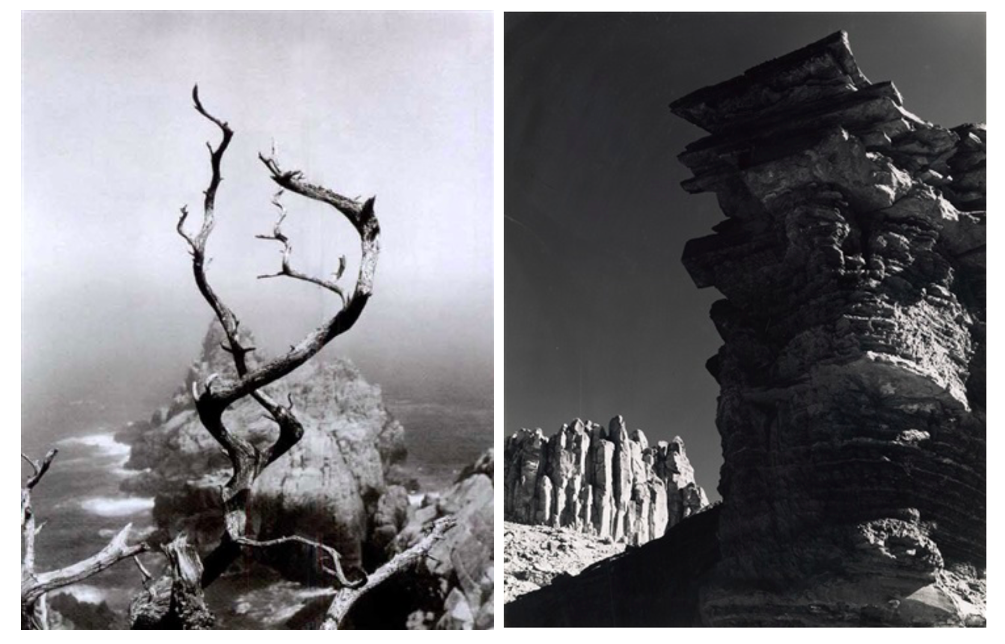
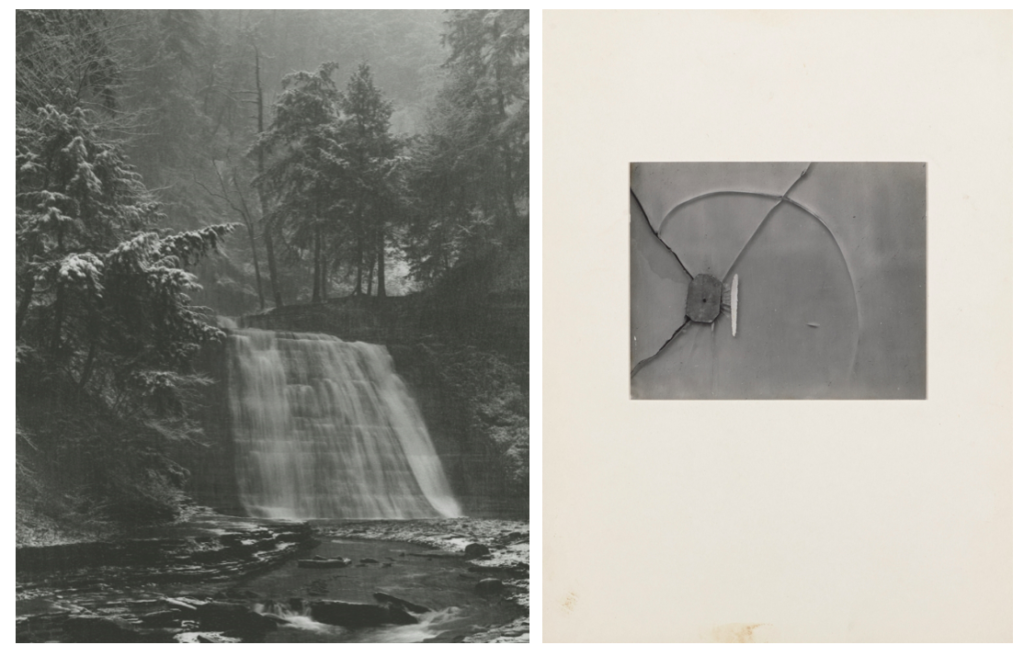
White made thousands of black-and-white and color photographs of landscapes, people and abstract subject matter, created with both technical mastery and a strong visual sense of light and shadow. White’s pictures were abstract, black-and-white closeups of rocks, wood and water. The gleaming images were spiritual and intense. He arranged them in sequences, leading viewers from one picture to another, slowing us down and forcing us to see connections and relationships between the shapes.
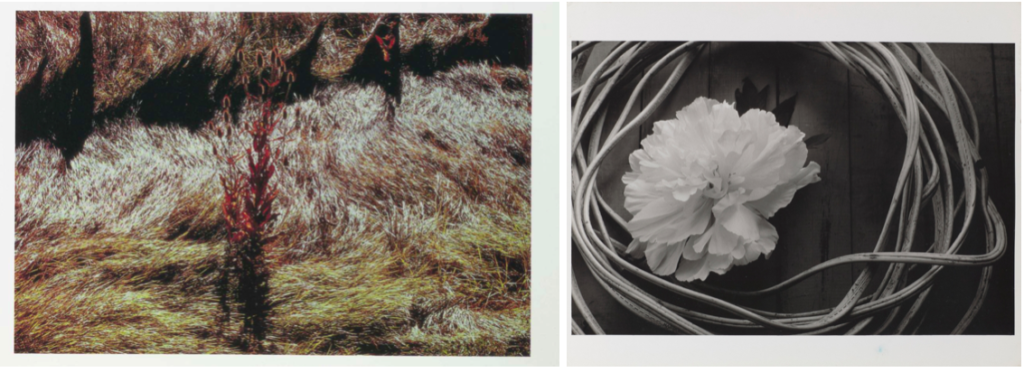
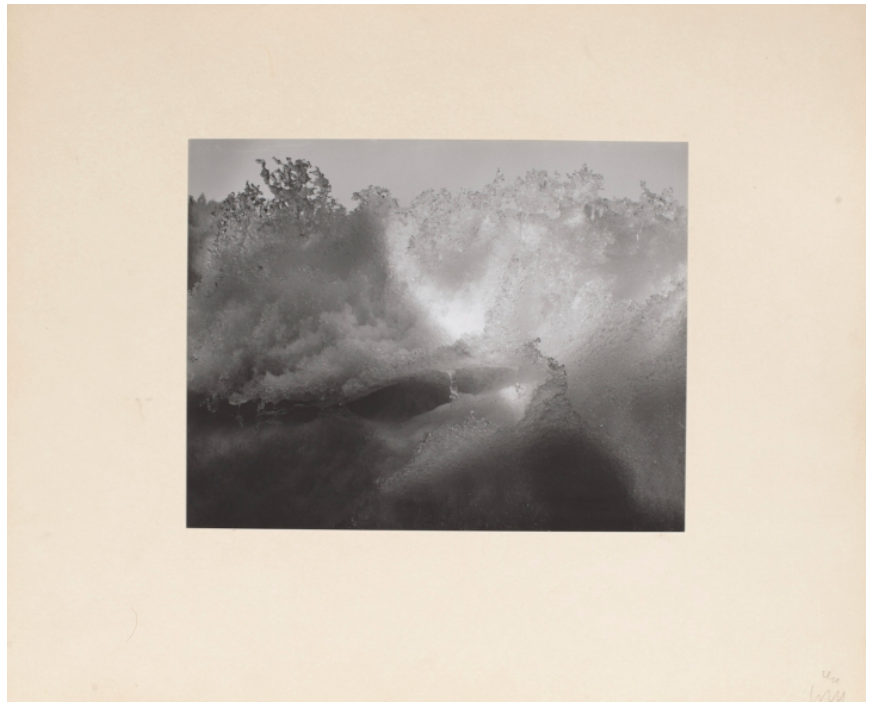
In 1945 he moved to New York City, where he became part of a circle of friends that included the influential photographers Edward Steichen and Alfred Stieglitz. His contact with Stieglitz helped him discover his own distinctive style. From Stieglitz he learned the expressive potential of the sequence, a group of photographs presented as a unit. White would present his work in such units along with text, creating arrangements that he hoped would inspire different moods, emotions, and associations in the viewer, moving beyond the conventional expressive possibilities of still photography. White considered his approach to this form one of his most important innovations. The sequence seems to have gratified an important psychological need for White. He also learned from Stieglitz the idea of the “equivalent,” or a photographic image intended as a visual metaphor for a state of being. Both in his photographs and in his writing.
In 1946 White moved to San Francisco, where he worked closely with the photographer Ansel Adams. Adams’s zone system, a method of visualizing how the scene or object to be photographed will appear in the final print, formed another major influence on White’s work.
White traveled throughout the United States in the late 1950s and early ’60s and began to experiment with colour photographs.
Colour Photographs
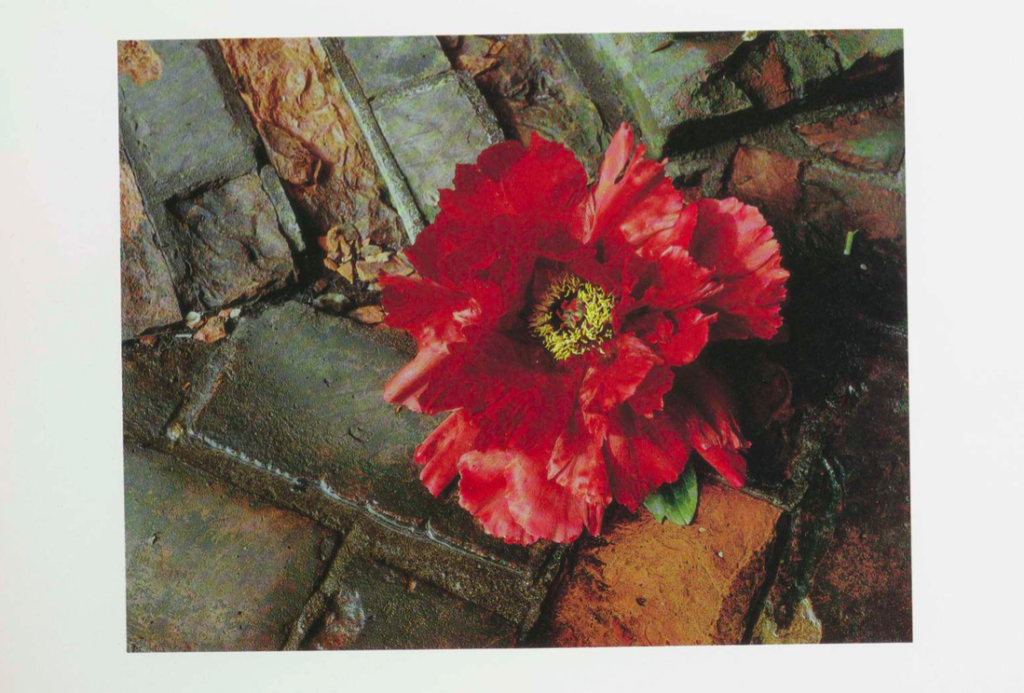

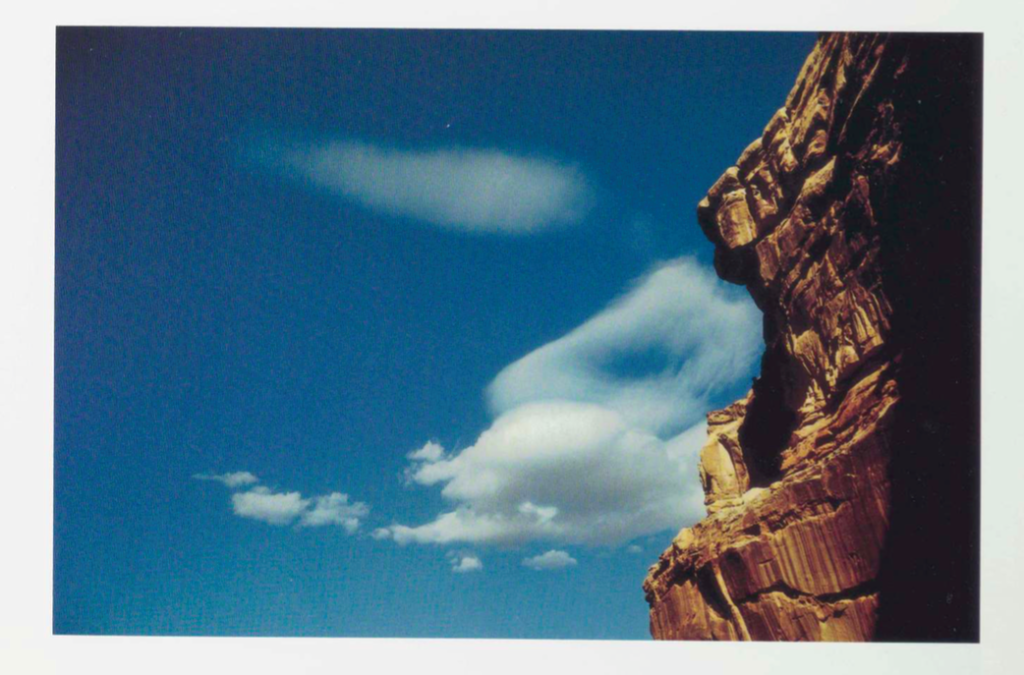
Among his best-known books are two collections, Mirrors, Messages, Manifestations (1969), which features some of his sequences, and Minor White: Rites and Passages (1978), with excerpts from his diaries and letters and a biographical essay by James Baker Hall.
Through his mystical approach to photography, Minor White has become one of the most influential photographers of the postwar era. His landscape photographs often create abstract images that disorient the viewer and penetrate beneath the surface of the subject. White developed sequences for these pictures that underscored the meditative possibilities of reading photographs as a means of spiritual self-knowledge, a practice that continues to inspire many contemporary photographers.
I chose Minor White as a photographer to research as I first liked how he portrayed nature spiritually and intensely. I am particularly interested in his colour photos as I like his use of bold colours against different shapes in nature, For example, the first colour image of the red/pink flower stood out to me when i saw his photos. This was because of how he portrayed the flower beautifully, even though its on a stone floor. I think that the colours complement each other well, the warm brown tones of the floor linking to the yellow center of the flower with the bright flower contrasting. I think this reflects his interest in Zen philosophy and mysticism, finding deeper meaning behind everyday objects. I also like how he considers carefully the order in which his photographs are displayed, hoping to create different moods, emotions, and associations in the viewer, moving beyond the conventional expressive possibilities of still photography. This is something I will take inspiration from in my project.
